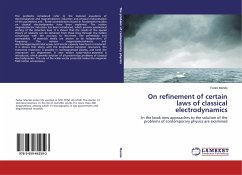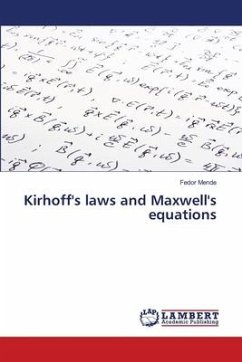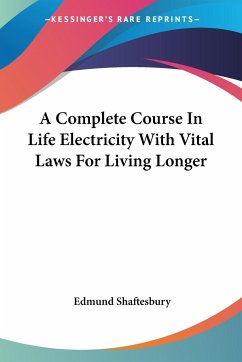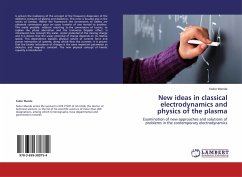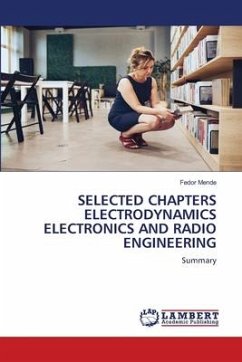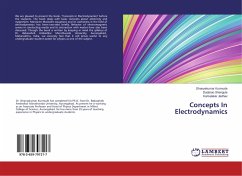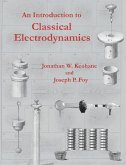The problems considered refer to the material equations of electromagnetic and magnetoelectric induction and physical interpretation of the parameters and . Some contradictions found in fundamental studies on classical electrodynamics have been explained. The notion magnetoelectric induction has been introduced, which permits symmetrical writing of the induction laws. It is shown that the results of the special theory of relativity can be obtained from these laws through the Galileo conversions with the accuracy to the terms. The permittivity and permeability of materials media are shown to be independent of frequency. The notions magnetoelectrokinetic and electromagnetopotential waves and kinetic capacity have been introduced. It is shown that along with the longitudinal Langmuir resonance, the transverse resonance is possible in nonmagnetized plasma, and both the resonances are degenerate. A new notion scalar-vector potential is introduced, which permits solution of all present-day problems of classical electrodynamics. The use of the scalar-vector potential makes the magnetic field notion unnecessary.

